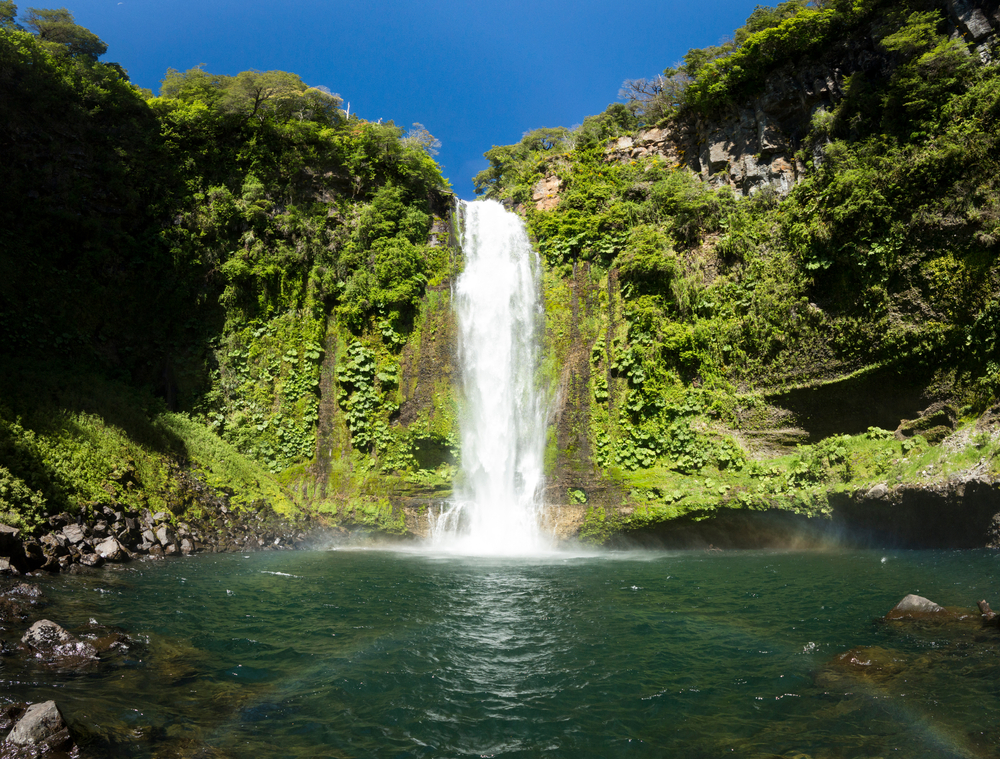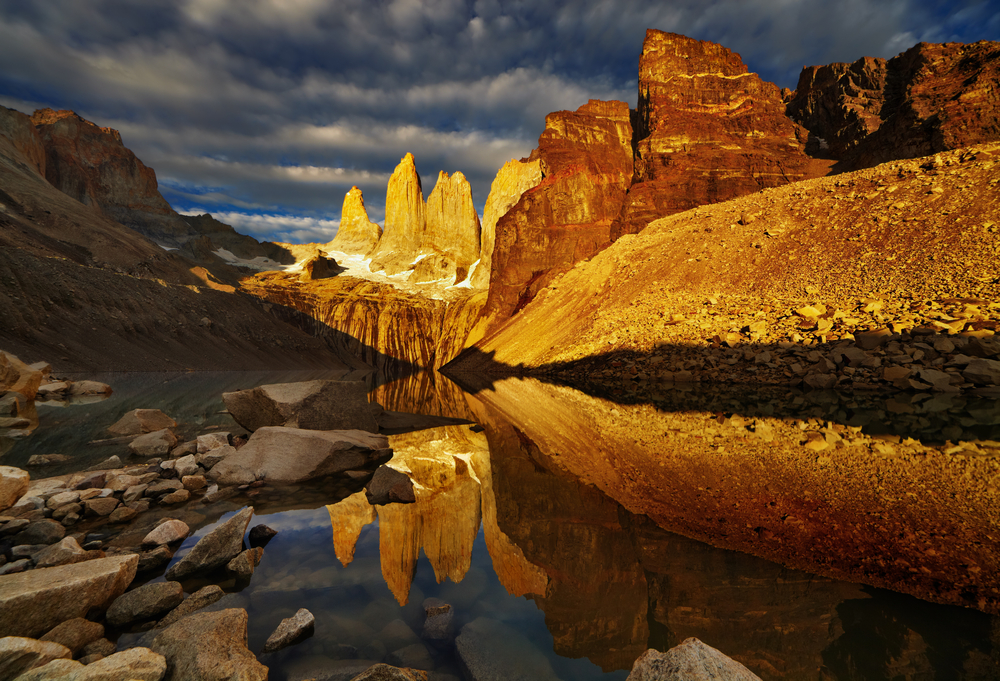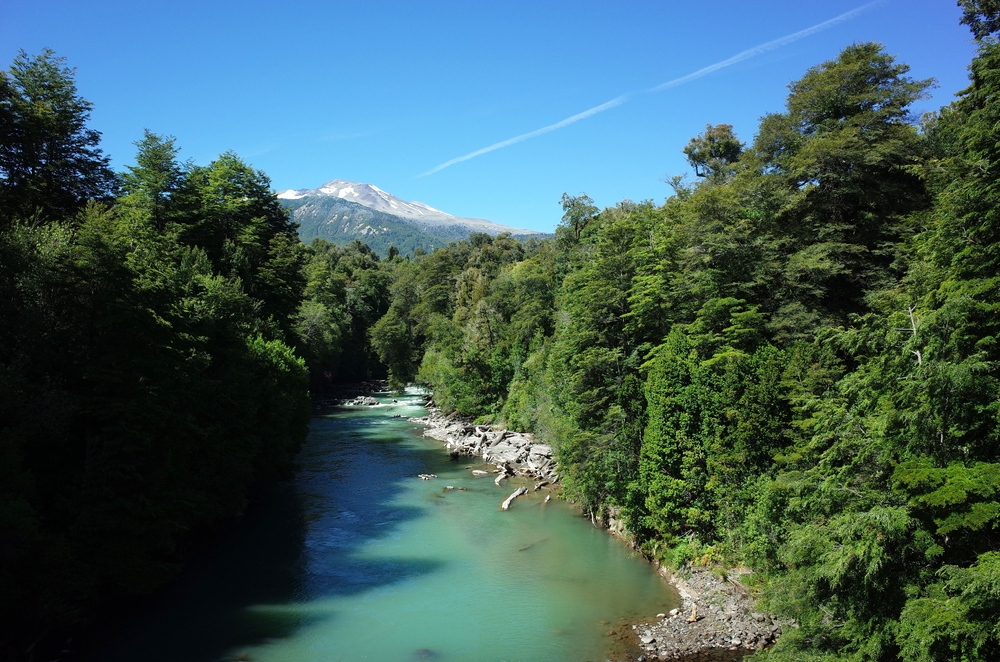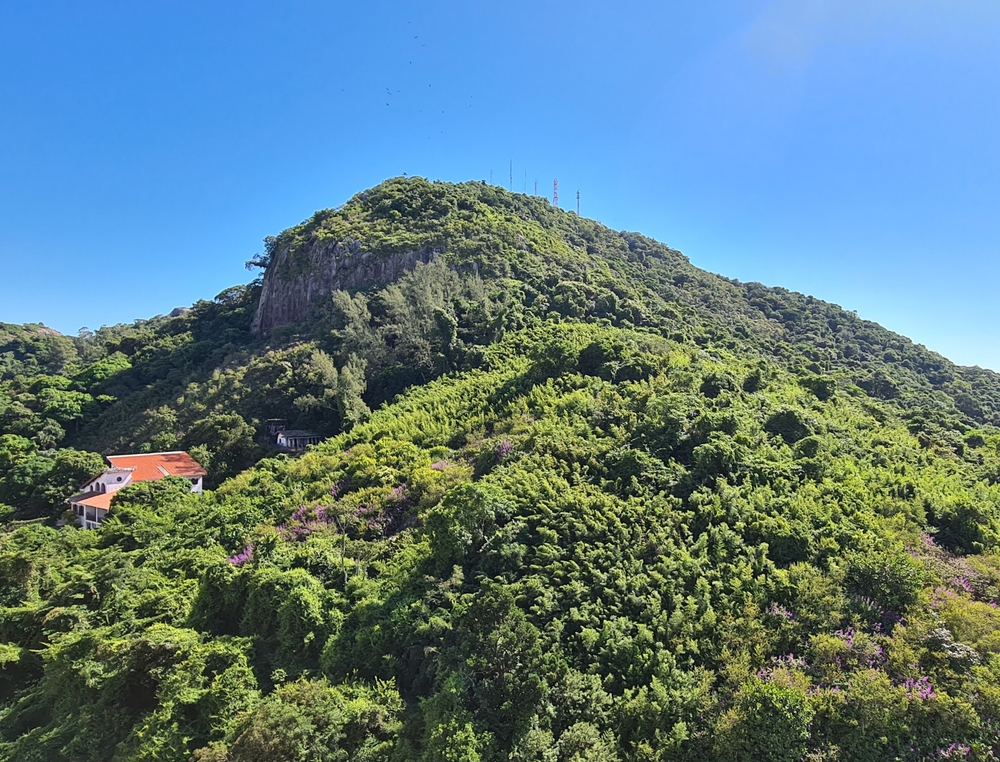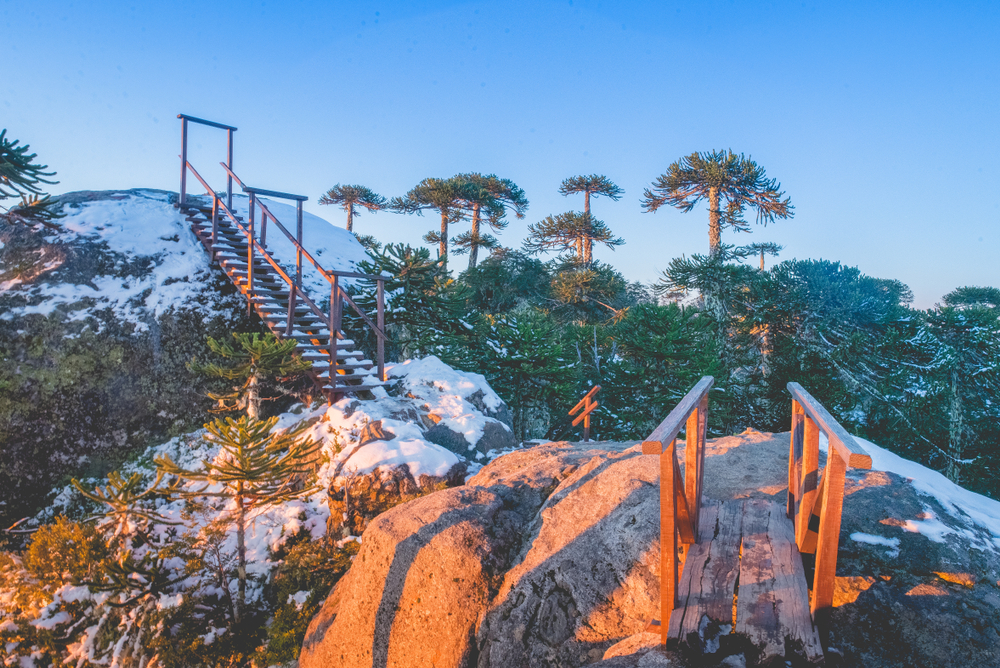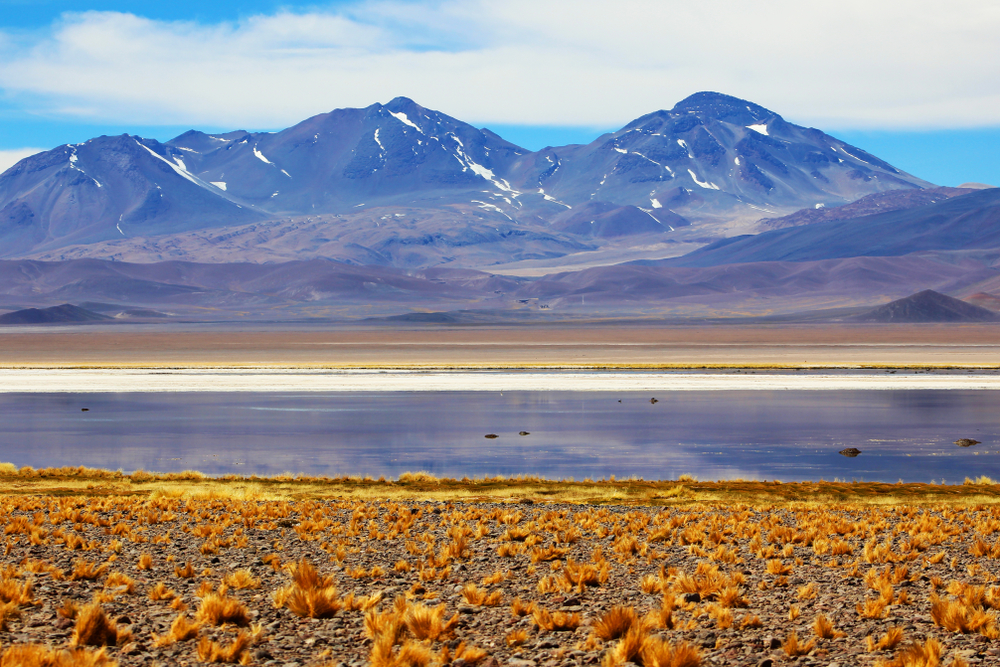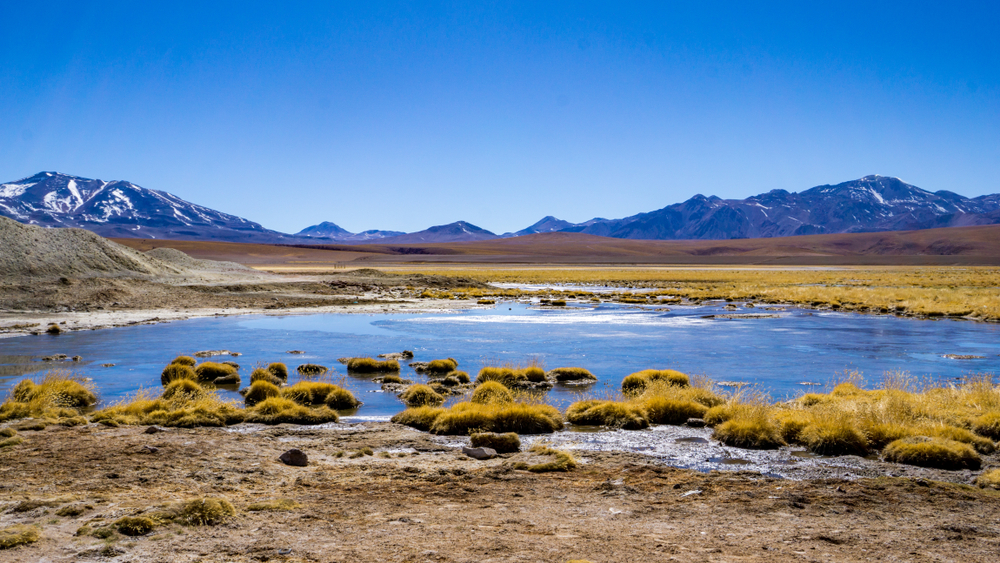Melimoyu Overview
Melimoyu National Park, known locally as Parque Nacional Melimoyu, is a remote and pristine protected area in southern Chile. Covering approximately 329 square miles (850 square kilometers), it is situated in the Aysén Region, where the Andes meet the Pacific Ocean.
The park is named after the striking Melimoyu Volcano, which rises to an elevation of 7,677 feet (2,340 meters) and dominates the surrounding landscape. The terrain is a combination of rugged mountains, deep fjords, glacial valleys, and dense temperate rainforests, creating a diverse and breathtaking natural environment.
The park’s coastline, shaped by the relentless forces of the Pacific, is home to rocky shores and hidden inlets, adding to its untamed beauty. The rainforest, largely composed of ancient Alerce (Fitzroya cupressoides), coihue, and lenga trees, thrives in the cool and humid climate, offering a lush green canopy that shelters a variety of life.
Wildlife in Melimoyu National Park is rich and varied, with many species uniquely adapted to its remote wilderness. The park provides critical habitat for the elusive South Andean deer (Huemul), an endangered species and a national symbol of Chile. Pumas roam the forests and mountainous areas, while foxes and other small mammals are common throughout the park.
The rivers and lakes support native fish species, and the coastal waters host marine life, including South American sea lions, Chilean dolphins, and the occasional sighting of blue whales. The birdlife is equally impressive, with Magellanic woodpeckers, black-necked swans, and Andean condors soaring above the peaks and valleys, offering birdwatchers a rewarding experience.
Visitors to Melimoyu National Park are drawn by its untouched wilderness and opportunities for adventure. Hiking trails wind through the forested slopes, offering scenic views of the volcano and the surrounding fjords. Kayaking along the coastal waters provides an intimate way to explore the rugged shoreline, where visitors might spot marine wildlife up close.
Anglers find excellent fishing in the rivers and lakes, while those seeking a more immersive experience can engage in multi-day expeditions through the park’s remote areas. The park’s remoteness makes it ideal for nature enthusiasts and photographers looking to capture the raw beauty of Chile’s Patagonian wilderness.
Conservation efforts in Melimoyu National Park focus on protecting its fragile ecosystems from deforestation, climate change, and human encroachment. The park plays a key role in preserving old-growth temperate rainforests, which are among the most endangered ecosystems in the world.
Conservation initiatives have led to improved monitoring of key species like the huemul, ensuring their populations are maintained and protected. The park’s management is a collaboration between Chile’s national park service and conservation organizations, aiming to balance ecological preservation with sustainable ecotourism.
Though challenges remain, including the impacts of climate change on glaciers and forest health, the park stands as a testament to Chile’s commitment to protecting its natural heritage for future generations.












































































